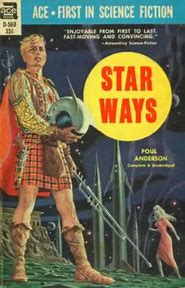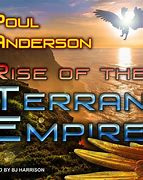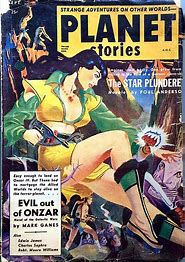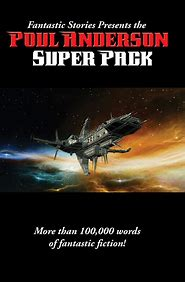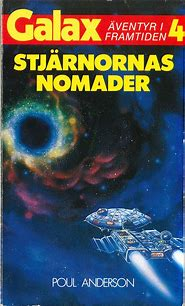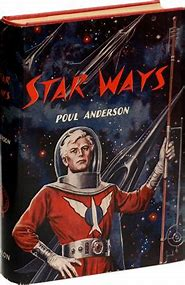I like stories that accept relativistic limitations but nevertheless show interstellar travel happening just as I like stories that accept a single continuous timeline but nevertheless show time travel happening.
I think that it is legitimate to take time travel for granted for the sake of a story. See a 2023 novel by SM Stirling. Anderson wrote that his own Time Patrol series was "loose" because it omitted any real study of the consequences of causality violation. But that was before he had written The Shield of Time which surely is a real study?
The simplest way to take time travel for granted is just to show someone who thinks that he is a time traveller appearing at a time which he regards as the past. Some passages in the Time Patrol series imply not successive timelines but a single discontinuous timeline but it is difficult to describe that second scenario consistently:
"...history could in fact be diverted by someone who went back and affected a key point." (p. 311) (Refence in the above link.)
In a single discontinuous timeline, history is diverted only from the course that it took in the "time traveller's" spurious memories and he has not gone "back" but has simply appeared like a quantum particle. In fact, this is not really time travel but is something that we arrive at if we start with the concept of time travel, then turn it inside out.


